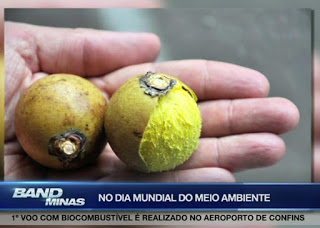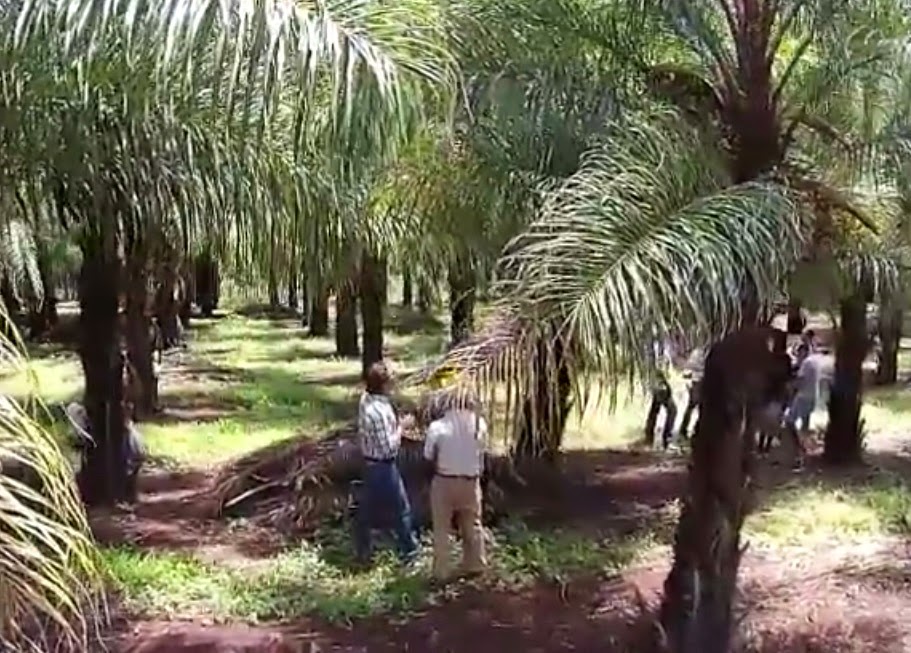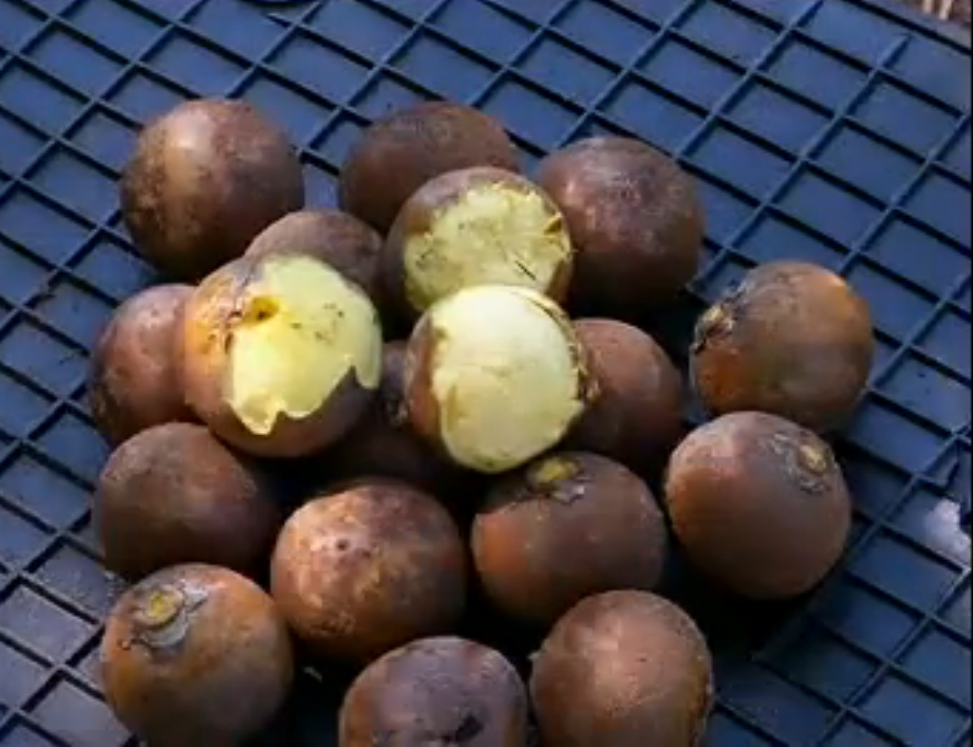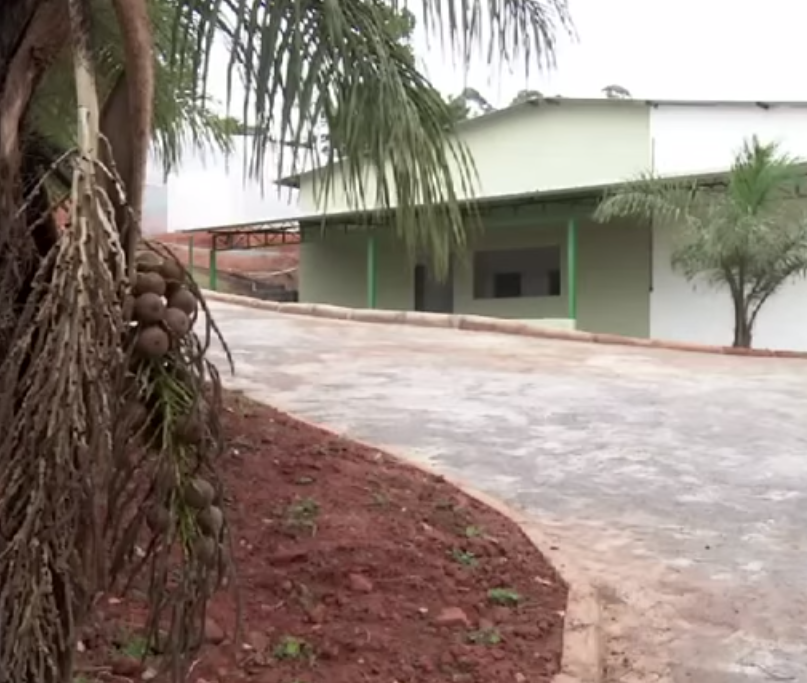New biomethane reduces CO2 emissions from global shipping
quarta-feira, dezembro 07, 2022
Maritime transport accounts for 2% of global emissions of carbon dioxide (CO2), one of the main gases responsible for global warming. In 2018, 170 countries meeting at the UN International Maritime Organization (IMO) agreed to halve emissions by 2050. It is a major challenge, especially for long-haul navigation, in which ships basically use the bunker, an oil derivative, as fuel.
An international agreement signed in June of this year between the navigation and logistics company CMA CGM and ENGIE generates new prospects for the shipbuilding industry to achieve its global decarbonization goal. The agreement provides for the construction of the world's first second-generation biomethane plant.
Biomethane is a gas produced from organic matter, mainly urban agro-industrial waste. Purified, has the same characteristics as petroleum-derived fossil natural gas. Second generation biomethane is obtained with dry biomass, such as wood, straw or cellulosic waste from the paper industry. The development of second-generation biomethane is the result of a 2010 Research & Development (R&D) project — the Gaya Project, which brings together ENGIE and 10 other European industrial and academic partners in Lyon, France.
The partnership between ENGIE and CMA CGM foresees joint investments in the development of the Salamander project (salamander, in Portuguese). The first step is the construction of a plant with capacity to produce 11,000 tons of second generation biomethane annually from 2026. The unit should be erected in Le Havre, also in France, and the definition on costs and place of investment should take place by the end of 2022. The goal of the partnership between ENGIE and CMA CGM is to produce 200,000 tons of renewable gas by 2028, meeting the needs of CMA CGM, and also generating fuel to meet other shipping companies.
Second generation biomethane is capable of reducing greenhouse gas (GHG) emissions in the atmosphere by up to 67% when compared to the very low sulphur fuel oil or VLSFO bunker, which meets current IMO regulations when analyzing the complete life cycle of the two fuels, from production to vessel thrust.
Currently, CMA CGM already has an engine technology that uses liquefied natural gas (LNG) embedded in a fleet of 30 ships, a number that will reach 77 by the end of 2026. LNG-driven engines are also suitable for using BioGNL (liquefied biomethane), which will be produced in the Salamander project.
The energy transition target announced by the CMA CGM group is expected to achieve the condition of net zero carbon company by 2050. Among the company's shares is the creation of a special energy fund, which has a budget of US$ 1.5 billion to be executed in five years. The objective of this fund is to support industrial initiatives for new fuels.
"To achieve the zero net carbon target by 2050, the CMA CGM Group seeks to form solid industrial partnerships led by this initiative with ENGIE. Salamander is the first industrial project to emerge from the partnership, an advanced pilot who helps develop the renewable gas sector, in line with the energy independence targets and transition to the low-carbon economy, established by the European Commission in the RepowerEU plan," says Christine Cabau Woehrel, executive vice president of assets and operations at CMA CGM. RepowerEU is the European Commission's plan, drawn up after Russia's invasion of Ukraine, which aims to make Europe independent of Russian fossil fuels before 2030.
For Edouard Sauvage, ENGIE's Executive Vice President of Infrastructure, the production scale foreseen in the Salamander project reflects the company's ambitions in the accelerated development of renewable gas production. "ENGIE is innovating, with a new method of producing second generation biomethane, using wood waste and supported by an energy production technology involving the pyrogasification process," he says.
Pyrogasification is also an innovative technology capable of transforming the energy contained in biomass into heat or electricity. For this, it makes the hot conversion of complex organic molecules into simpler molecules, using the process of physical-chemical transformation called pyrolysis. In this process, organic matter is decomposed after being subjected to high temperatures in an oxygen-free environment. "The partnership with CMA CGM is an important milestone in our efforts to promote the energies of the future," says Sauvage.
Source: Um só Planeta




















0 comentários
Agradecemos seu comentário! Volte sempre :)